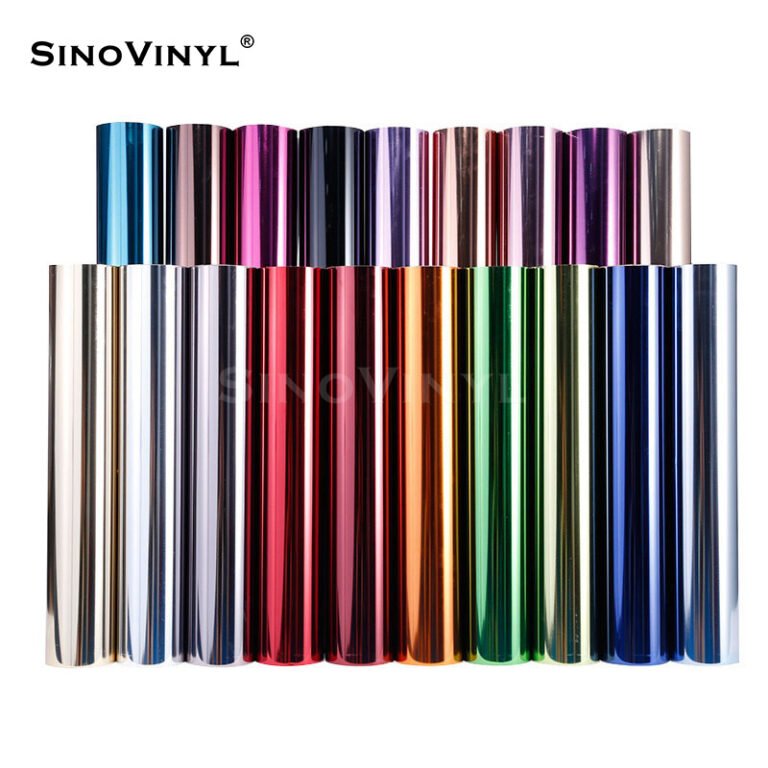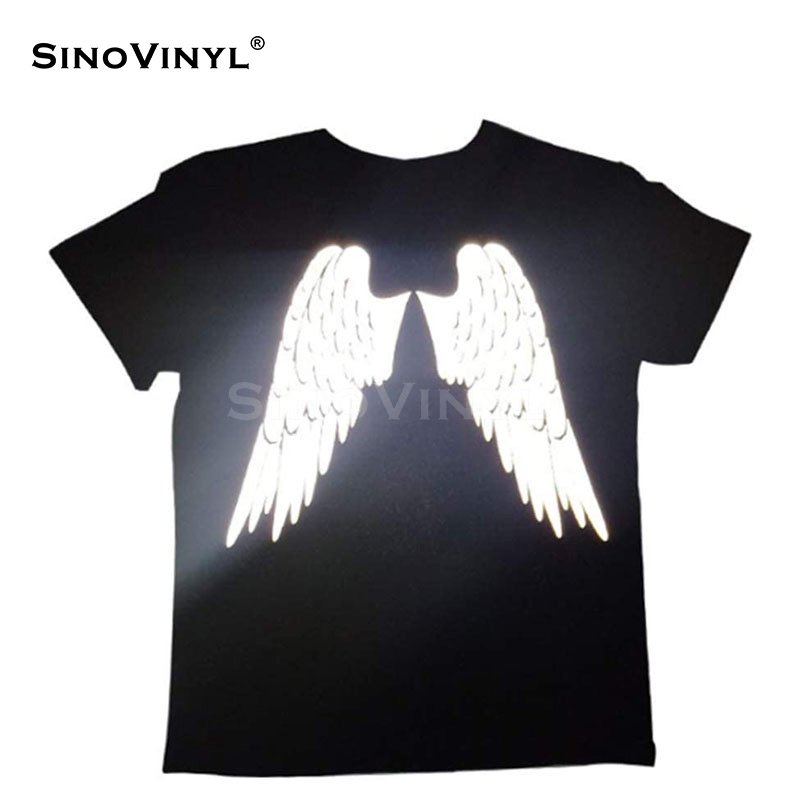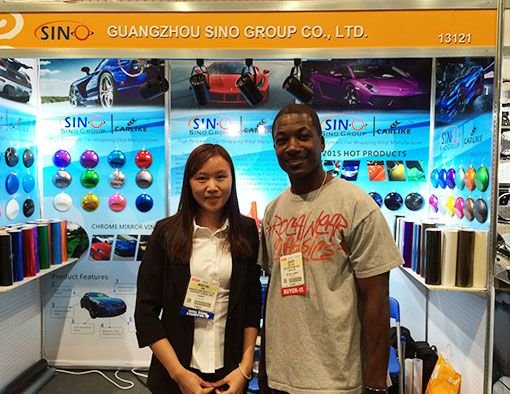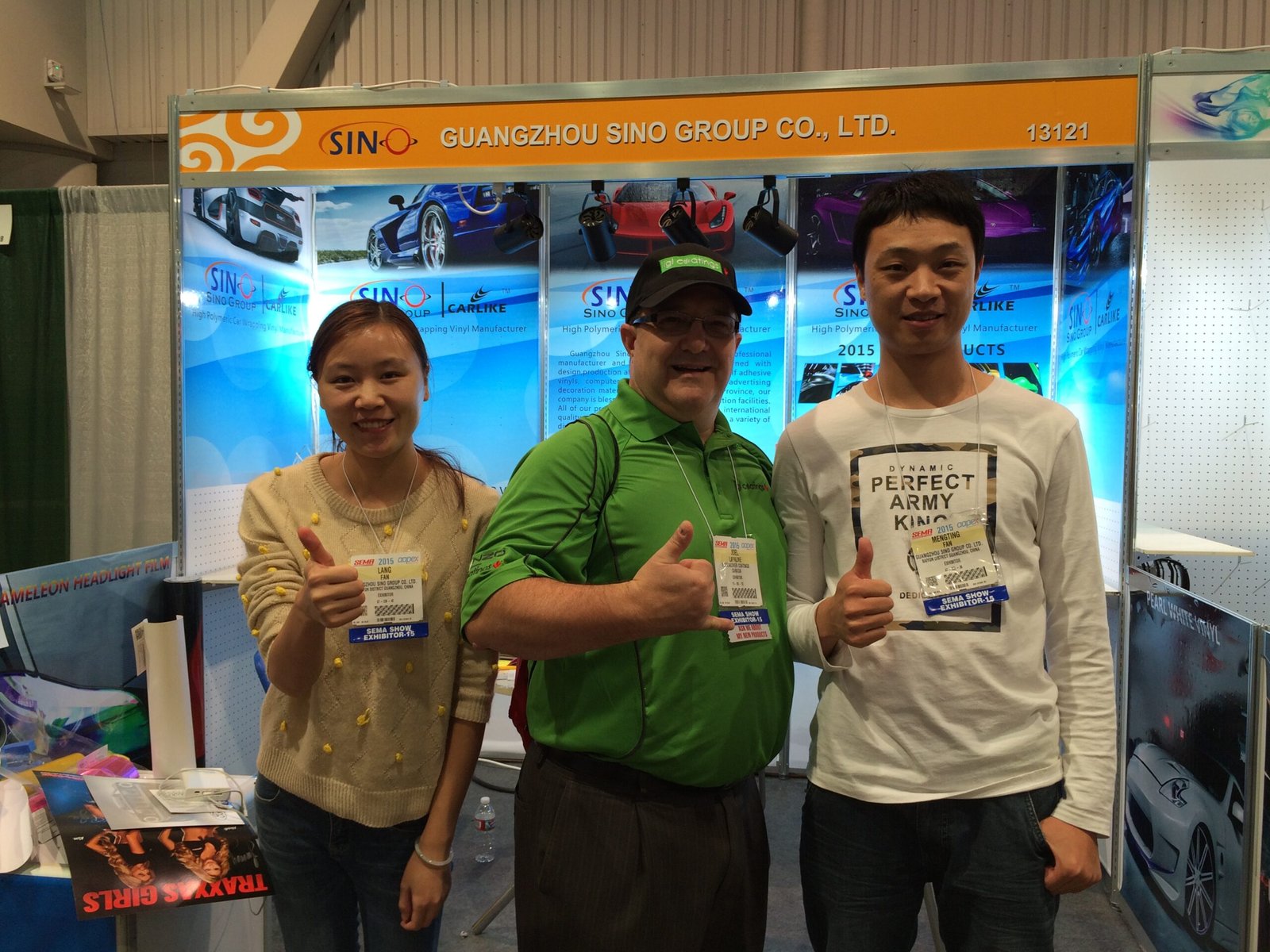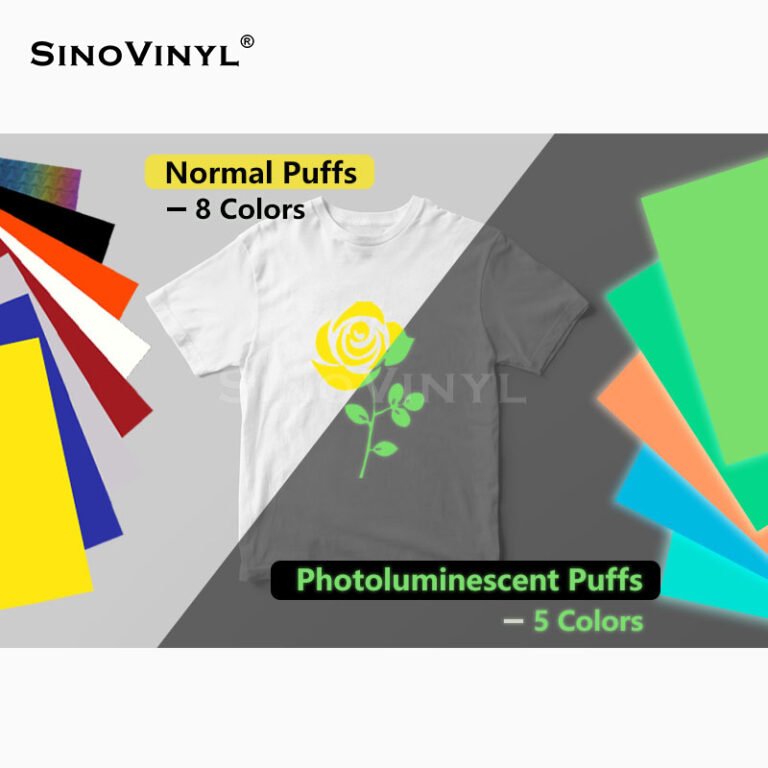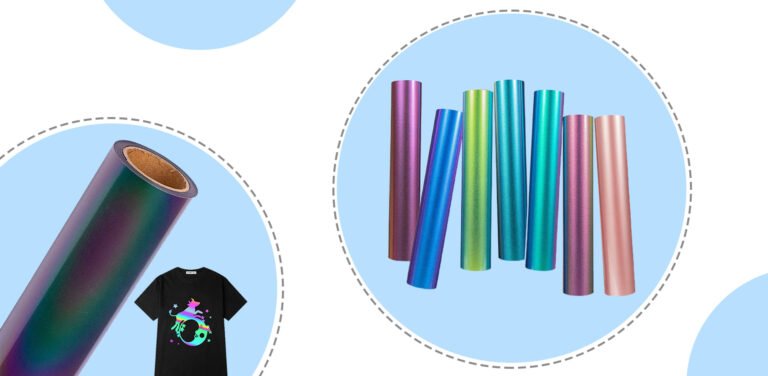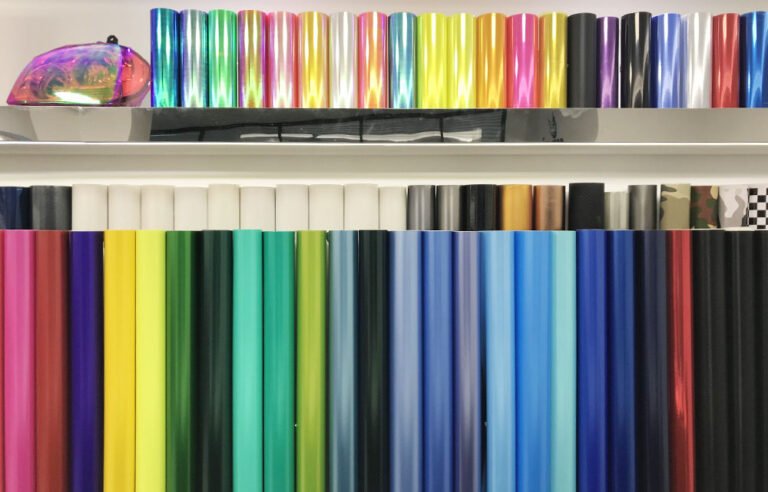The Basics of Heat Transfer Vinyl: What You Need to Know
Heat transfer vinyl (HTV) is a versatile material used for adding designs, patterns, and text to various fabrics and surfaces. It is a type of vinyl that can be cut into different shapes and designs and then transferred onto a substrate using heat and pressure. HTV is commonly used for creating custom apparel, including t-shirts, hoodies, caps, and more.

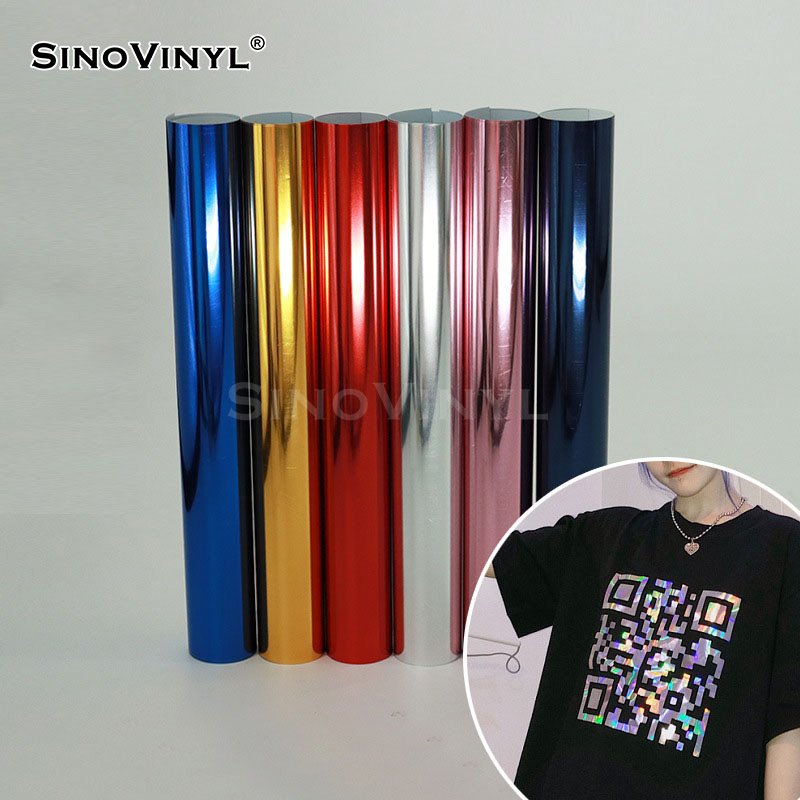
Exploring Different Types of Heat Transfer Vinyl
Heat transfer vinyl (HTV) comes in various types, each designed for specific applications and fabric types. Here are some different types of heat transfer vinyl:
- Standard Heat Transfer Vinyl: This is the most common type of HTV used for basic designs on cotton, polyester, and blends. It’s versatile and comes in a wide range of colors.
- Glitter Heat Transfer Vinyl: As the name suggests, this vinyl adds a sparkly and dazzling effect to designs. It’s popular for creating eye-catching and glamorous apparel and accessories.
- Metallic Heat Transfer Vinyl: This type of HTV provides a shiny, metallic finish that can add a touch of elegance and luxury to your designs.
- Flocked Heat Transfer Vinyl: Flocked vinyl has a velvety texture and adds a soft, fuzzy feel to designs. It’s commonly used for creating textured designs on garments.
- Reflective Heat Transfer Vinyl: This type of vinyl contains glass beads that make it reflective when exposed to light, providing increased visibility in low-light conditions. It’s often used for safety and sportswear.
Remember to choose the appropriate type of heat transfer vinyl based on your project, fabric, and desired outcome for the best results.


Step-by-Step Guide to Applying Heat Transfer Vinyl
Step 1: Gather Your Materials
- Heat transfer vinyl (in your desired color and type)
- A cutting machine (such as a vinyl cutter or plotter)
- Weeding tools (such as a weeding hook or tweezers)
- Heat press or iron
- Teflon sheet or parchment paper
- Garment or surface to apply the vinyl to
Step 2: Design and Cut the Vinyl
- Use design software or a cutting machine’s software to create or import your desired design.
- Adjust the size and orientation of the design as needed.
- Load the heat transfer vinyl into your cutting machine and follow the machine’s instructions to cut the design.
Step 3: Weed the Design
- Carefully remove the excess vinyl from around the design using weeding tools.
- Peel away any unwanted vinyl pieces, leaving only the design on the carrier sheet.
Step 4: Preparing the Surface
- Place the garment or surface you want to apply the heat transfer vinyl onto the heat press or a sturdy, heat-resistant surface.
- Preheat the surface according to the vinyl manufacturer’s instructions, if necessary.
Step 5: Positioning the Design
- Position the weeded design on the surface, ensuring it is centered and aligned correctly.
- Use a ruler or measuring tape for precise placement, if needed.
Step 6: Applying Heat and Pressure
- Place a Teflon sheet or parchment paper over the design to protect it and the heat press or iron.
- Set the heat press or iron to the recommended temperature for the specific type of heat transfer vinyl.
- Apply firm and even pressure to the design using the heat press or iron.
- Follow the manufacturer’s instructions for the recommended time duration to apply heat and pressure.
Step 7: Peeling and Cooling
- Carefully remove the Teflon sheet or parchment paper.
- Allow the vinyl to cool down completely before peeling off the carrier sheet.
- Peel the carrier sheet away from the design slowly and at a 45-degree angle.
- If any part of the vinyl starts to lift, reapply heat and pressure, then continue peeling.
Step 8: Final Touches
- Once the carrier sheet is removed, check the design to ensure it has adhered properly to the surface.
- If necessary, reapply heat and pressure to any areas that need additional adhesion.
That’s it! Following these steps will help you successfully apply heat transfer vinyl to your chosen surface or garment. Remember to always read and follow the instructions provided by the vinyl manufacturer for the best results.



Tips for Choosing the Right Heat Transfer Vinyl for Your Project
When choosing the right heat transfer vinyl (HTV) for your project, consider the following tips:
- Fabric Compatibility: Ensure that the HTV you select is suitable for the fabric you’ll be applying it to. Different vinyl types work better on certain fabrics, such as cotton, polyester, or blends. Check the manufacturer’s recommendations for compatibility.
- Heat Transfer Vinyl Type: There are various types of HTV available, including solid colors, glitter, metallic, patterned, and more. Consider the effect you want to achieve and choose the type that aligns with your design vision.
- Quality and Durability: Opt for high-quality HTV that is known for its durability. It should withstand repeated washes and maintain its color and vibrancy over time. Read reviews or ask for recommendations from fellow crafters.
- Adhesive Strength: The adhesive strength of HTV varies. Some vinyl is designed for permanent application, while others are semi-permanent or removable. Determine whether you want a long-lasting design or one that can be easily removed or replaced.
- Cutting and Weeding Ease: Look for HTV that is easy to cut and weed. Thin, smooth vinyl is generally easier to work with and allows for intricate designs. Consider the thickness and ease of weeding before making a choice.
- Heat Application Requirements: Different HTV requires specific heat application settings, such as temperature, pressure, and time. Ensure that the vinyl you choose aligns with the heat press or iron you’ll be using, and that you can achieve the recommended application conditions.
Remember, experimentation and practice can help you find the HTV that works best for your specific projects. Don’t be afraid to try different brands and types of vinyl to discover your personal preferences and achieve the desired results.
(Click the picture to get the products)
Final Words
In conclusion, heat transfer vinyl truly possesses a magical power to transform plain and ordinary items into stunning works of art. Whether you’re a seasoned crafter or just beginning your creative journey, the versatility and accessibility of HTV opens up a world of possibilities. From personalized apparel and home decor to unique gifts and business branding, the vibrant colors, varied textures, and ease of application make heat transfer vinyl an essential tool for expressing your creativity.
So, dive into the enchanting realm of HTV, experiment with different techniques, and watch as your projects go from plain to wow, captivating everyone with the magic of heat transfer vinyl. Unleash your imagination and let the transformative power of HTV bring your designs to life!

